#the scottish lowlands
Photo


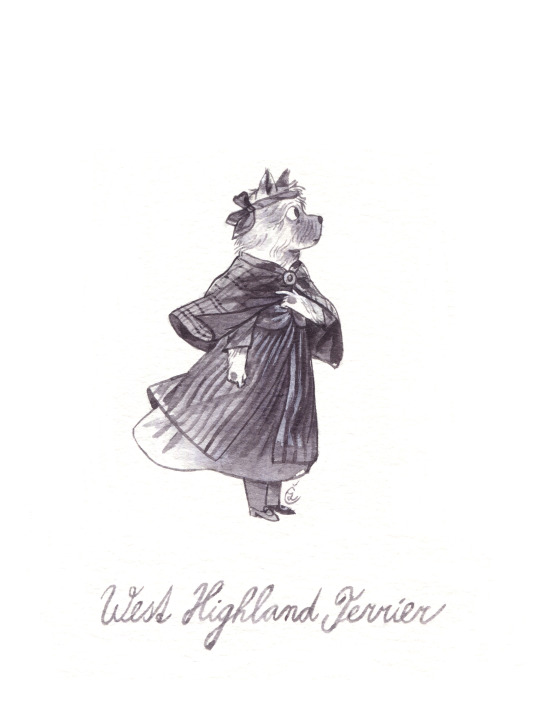
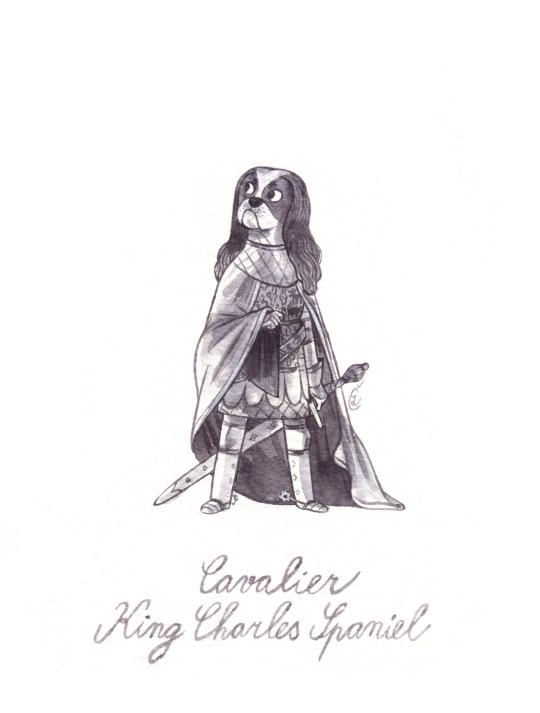



And finally, more dogs!
Originals again for purchase🏹
ALL SOLD! But there is still few left of the previous bunch, so check it out!
30USD is the minimal price (shipping included). All the earnings will be sent to a charity, partly to help abandoned people and partly to abandoned dogs. 🐕 Anyone eager to adopt one of the dogs message me here or at [email protected]
Thank you!
Also thanks everyone for all the tips and for sharing stories and photos of your dogs, I’m enjoying it a lot 💖
#my art#dogs#Dogs in Clothes#historical costumes#Character Design#ink#traditional art#cavalier king charles spaniel#giant schnauzer#segugio italiano#polish lowland sheepdog#west highland white terrier#scottish deerhound
939 notes
·
View notes
Text

Miles of purple heather carpet the Pentland Hills in late summer.
#Pentland Hills#Edinburgh#Scottish lowlands#Midlothian#UK#rural britain#natural beauty#scenic view#purple heather#footpath#national park#landscape#summer#Scotland
74 notes
·
View notes
Text

april 2011
#reality#my photography#2011#2010s#2010score#early 2010s photography#early 2010s#2010s aesthetic#2010s nostalgia#park#Scotland#rural Scotland#Scottish lowlands#nature#field#woods#green aesthetic#atmosperic#nostalgia#nostalgiacore#aesthetic#mine
8 notes
·
View notes
Text
Girlies keep misusing and abusing Scottish stereotypes when writing Soap. Given he canonically only uses Scots in high stress situations, am I to infer the Sergeant is in mild to severe distress in every imagine or Ghoap fic?
#I'M BEING SO UGLYYYY BUT I WANNA RATTLE THEM AND BE LIKE.#HE SOUNDS LIKE THE QUAINT DOTING GRANDPA IN A 90s DISNEY FILM NOT A 20-SOMETHING LAD FROM THE LOWLANDS.#SCOTTISH PEOPLE ARE NORMAL PEOPLE. IF YOU AREN'T PEPPERING ANY OF THE BRITISH OPERATOR SPEECH#WITH 'LUV' 'DUCK' 'SODDIN' 'BLEEDIN' ETC#THEN WHY ARE WE USING THESE STEREOTYPES FOR SOAP???#MY BEST FRIEND'S MOTHER IRL IS SCOTTISH AND I PROMISE YOU THEY DO NOT SOUND LIKE THAT.#STOP BEING WEIRD ABOUT PEOPLE FROM THE UK IT'S UNCOMFORTABLE.#out of stories#crack //
11 notes
·
View notes
Text

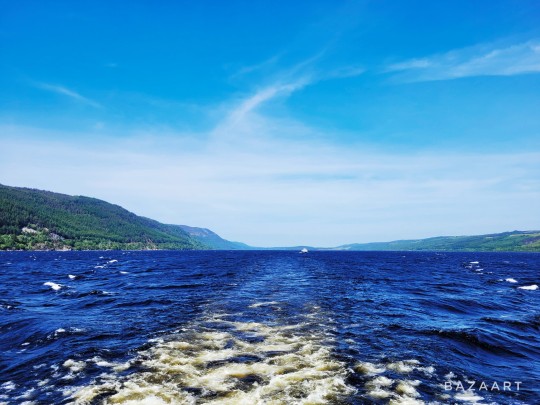
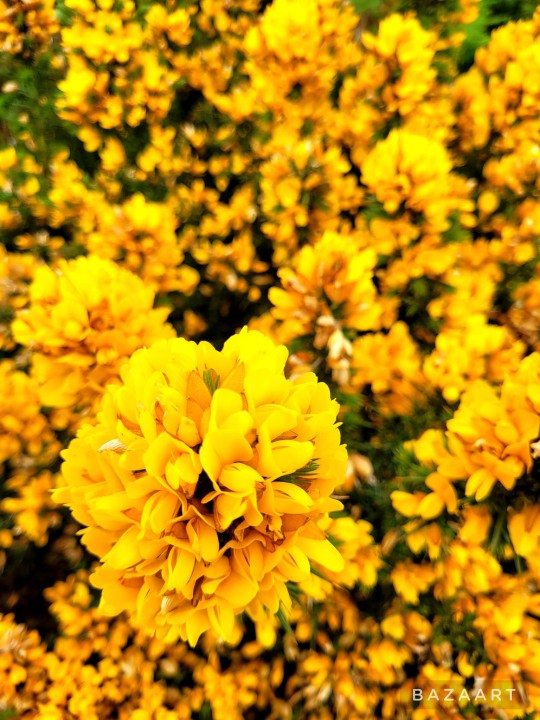

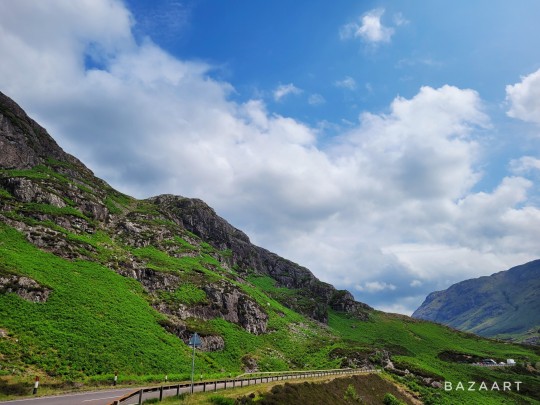

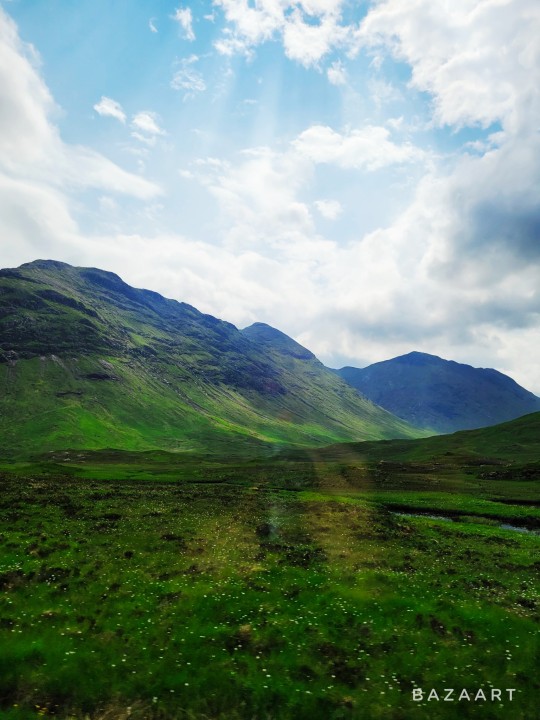



Scotland pt5
#natural#nature#outdoors#scottish#scotland#highlands#lowlands#glasgow#photographers on tumblr#photography
2 notes
·
View notes
Photo

Driving north of Edinburgh
Scotland
5 notes
·
View notes
Text
Stupidest things I’ve said in the last 24 hours:
“Wait, Johnnie Walker is Scottish?”
#in full fairness to me it's basically ALWAYS the scotch around here#and like...I know that scotch is scottish but also somehow it did not get through in the way like#laphroaig does#I have seen enough fuckup cowboys drinking it that it just left the island completely in my mind#it was a jack johnnie jim thing!#looking at menu for a place in Glasgow: 'johnnie walker (scotland)#me: ARE YOU SURE??#ahahaha#anyway there's an American Oaked lowlands ~whisky~ on the menu and I'll probably like that as it will likely pull a little less peaty#which is like fine but not much my game#Scotch is my least favorite of the whisk(e)y family but I am going to make an honest go of it in Scotland!#why not when else will I get the chance do it without the cost of import?
7 notes
·
View notes
Text
Brownies of Scotland: The Mischievous Household Spirits - Historic Mysteries
This is in honor of the Cleveland Browns. One of the authors of this blog is from the great state of Ohio. So this definitely piqued our interest! Enjoy.
This is in honor of the Cleveland Browns. One of their mascots is a brownie. The other is a bulldog if you are curious. One of our authors is from the great state of Ohio. So this piqued our interest when they told us about the connection.
https://www.historicmysteries.com/brownie/
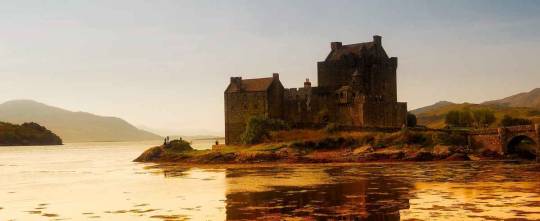
View On WordPress
#Aberdeenshire#Ancient Rome#Brounie of Bealach-nam-Brog#Brownies#England#Fae#Fairy#Hairy Meg#Hobgoblin#House#Lares#Meg Mullach#Scotland#Scottish Lowlands#Spirits
0 notes
Text

I’m reading this book at the moment, and did you know that shepherds had their own counting system in parts of Northern England, Wales and the Scottish Borders?
“… let’s start with a little known, deliciously quirky, remnant called the 'shepherds' score', or Yan Tan Tethera. It’s an ancient way of counting, still used by some shepherds today, in northern England, Wales, parts of the southwest and lowland Scotland. The system is vigesimal, or base-20. It stops at twenty - once a shepherd had counted to this number, he’d mark it in some way (a notch on his crook, perhaps, or a stick placed in the ground) and then start again at one.
Linguistically, its origins are lost, but some scholars believe it may have its roots in Brittonic (or Brythonic) languages, those early versions of Welsh, Cornish and Breton spoken during the Iron Age. Individual words vary slightly from region to region, but they all share remarkable similarities. The Lincolnshire version goes like this:
Yan (1), Tan (2), Tethera (3), Pethera (4), Pimp (5), Sethera (6), Lethera (7), Hovera (8), Covera (9), Dik (10), Yan-a-dik (11), Tan-a-dik (12), Tethera-dik (13), Pethera-dik (14), Bumfit (15), Yan-a-bumfit (16), Tan-a-bumfit (17), Tethera-bumfit (18), Pethera-bumfit (19), Figgot (20).
The numbers above ten use a combination of smaller digits - so eleven is Yan-a-dik (one and ten) - it's brilliant in its simplicity and rhythmic bounce when spoken aloud.”
— A Short History of the World According to Sheep, Sally Coulthard, p. 68
#fibre crafts#linguistics#Yan tan tethera#this books has some very interesting sections#would recommend if you do wool based crafts
6K notes
·
View notes
Text
While white-tailed eagles, bustards and cranes were also all much more common than they are today, some other now-ubiquitous species were much less common before the industrial revolution. Rabbits were still mainly a coastal species except in lowland England, and roe deer were found wild only in the north of Scotland and Eryri (Snowdonia) in north-west Wales. There were no grey squirrels, and brown rats were only introduced at the very end of the period.
On the other hand, red squirrels and ship rats were still widespread, and pine martens and “Scottish” wildcats were also found in England and Wales. Fishers caught burbot and sturgeon in both rivers and at sea, where they also pulled in plentiful amounts of tuna and swordfish, as well as now-scarce fishes such as the angelshark, halibut and common skate. Threatened molluscs like the freshwater pearl mussel and oyster were also far more widespread.
270 notes
·
View notes
Note
do you have advice on finding more info about wet upland moors? its the basis for my take on windclan but all the sources i find seem to focus on dry or lowland environments
ADVANCED research tip for finding information about unique biomes let's-a-go!
The way I get the information I need is by finding an area that IS the biome I want. So if I want to find Wet Upland Moor, well, I know immediately those are famously found in Scotland.
"Scotland moors" if that doesn't give me a good result, "Scottish moor park/preserve." Keep going until you get a name. I found Rannoch Moor.
I read into Rannoch Moor to check that it is the biome I'm looking for. Upland above the right altitude, very wet, yep! I understand what I'm looking for because of my basic research, so I can conclude this is an Upland Moor. Next I start looking for "Rannoch Moor Ecology."
Bingo! Tons of info comes up immediately. It helps that Rannoch is a huge and well-studied preserve, but this is how I was pointed in the direction of some of my specific models, like Bickerton Hill, the Dyfwrdwy, and the Black Moss of Delamere.
If you want to diversify, rinse and repeat. Find more areas within a geographic range you've determined has the biome you're looking for, and compare and contrast them.
I can't help you any further because my moorland model is Lowland Heath, the exact opposite of your chosen moorland, but if I were you I'd pay close attention to Rannoch's Special Area of Conservation status.
You can find a lot of really good info here. Why it's of significance, what sorts of plants and animals you will find here, descriptions of its landscape, etc
#Upland wet moor is often called 'blanket bog' which might be what is confusing you#Bone babble#Research#Bones gives advice
101 notes
·
View notes
Text

The Ballochmyle Viaduct over the River Ayr - Mauchline, Scotland
#Ballochmyle Viaduct#River Ayr#Mauchline#Ayrshire#UK#Scottish Lowlands#vintage photo#colourised#engineering
49 notes
·
View notes
Text
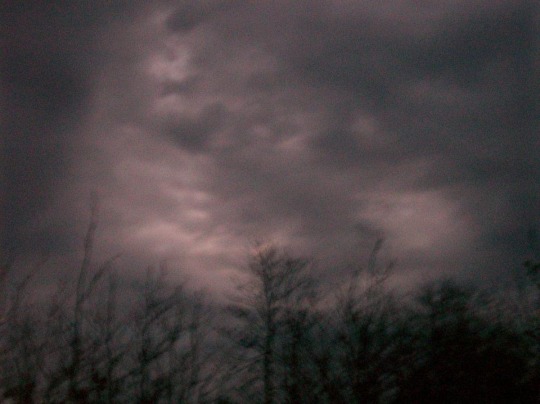
may 2012
#my photography#reality#weirdcore#2010s#2010score#dark fantasy#dark aesthetic#dark sky#nostalgia#nostalgiacore#thunder#Scottish lowlands#gothic#creepy#horror#mine
3 notes
·
View notes
Text
Lowland Highlanders | John Irvine
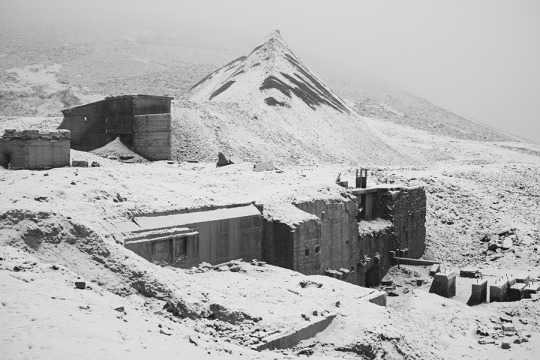
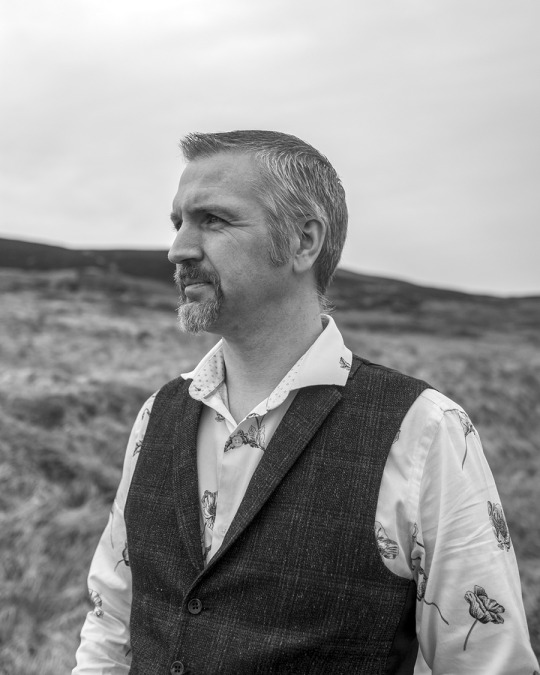

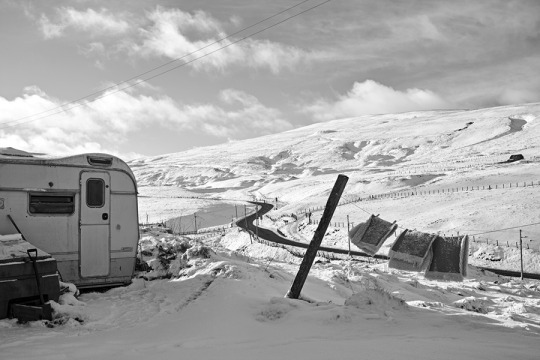
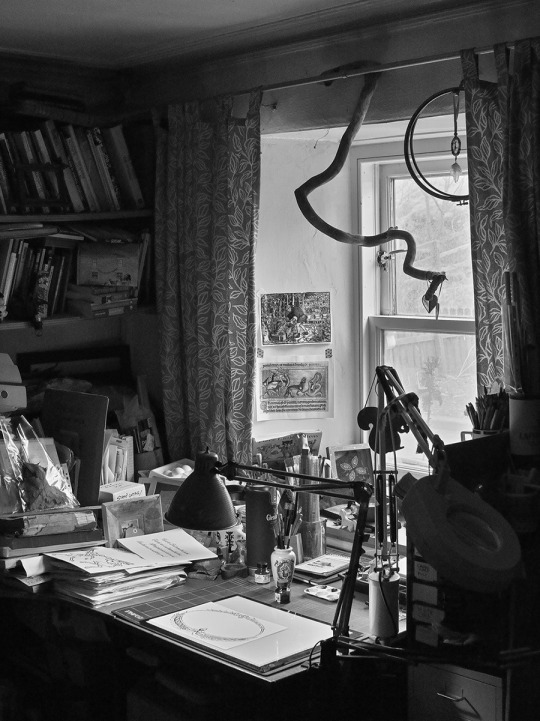


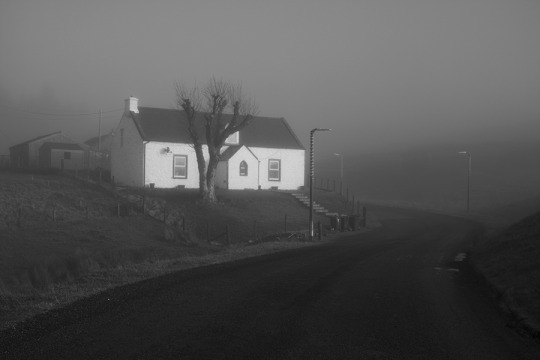

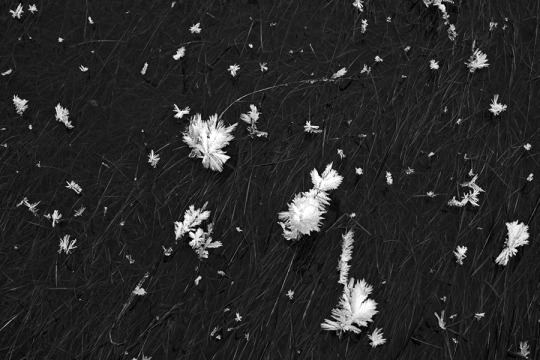

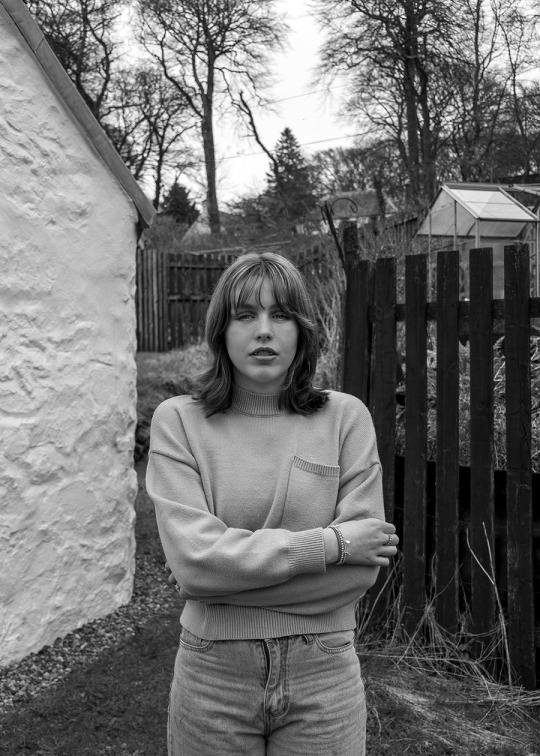

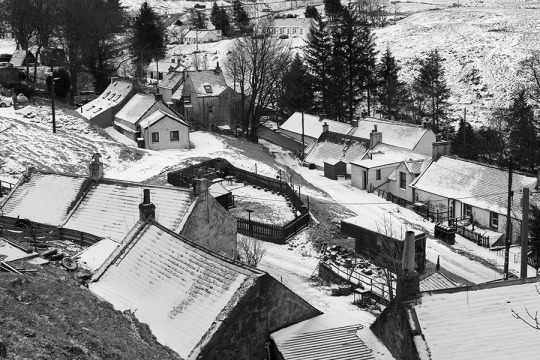
'The Scottish Highlands are known throughout the world for intense beauty, that collaborates hundreds of diverse peaks with plunging glens often entering coastal waters. Its position in this world means that it gets intense changes of weather that are extremely diverse and flowing; adding drama to already dramatic geography. Quite rightly, its standing in the world as a place to visit is at the very top.
Yet, under 50 miles from the border of England, in the Lowther Hills area of the Scottish Lowlands, are Scotland’s highest communities. They contain deep history that centre’s upon the natural resources underneath the surface; in particular its gold and lead. Nicknamed ‘Gods Treasure House’ due its abundance of minerals and precious metals, the area is rich in its geographical diversity.
Man made development is typically all around us and only increasing at a higher and more impactful rate, and whilst improvements and changes are needed to the infrastructure of the area, it is largely untouched. This provides a raw and reassuring visual sensation with overwhelming beauty all around; which transfers on to its residents and gatekeepers of the land.
‘Lowland Highlander’s’ is my documentary journey of the lives and land that exist in an area often overlooked by people yearning to visit the more well known and obvious views of Scotland. The work has been ongoing since early 2022.
website
twitter
instagram
book - The series is being released as a hardback photobook by the excellent Kozu Books, available to pre-order now. Highly recommend bagging a copy folks!
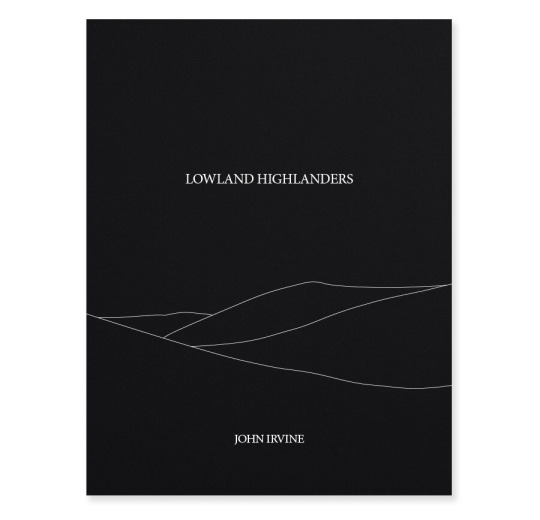
All images & text © John Irvine
47 notes
·
View notes
Text
I am on the side of supporting native speaking communities of Gaels in the Highlands and in the diaspora in part because I am extremely cynical about learners in the Lowlands and second-language acquisition in schools (basically, those of us who are able to learn the language to the point where we can live our lives in it can only do so by integrating with native speaking communities and people, and if they disappeared so would we - and those that are make up a very small percentage of learners), and I believe that if there is any hope for the continued survival of the languge and culture it has to come from the islands, so it makes good sociolinguistic sense.
But even if I was convinced of the most depressing view of the situation, even if I was convinced that those remaining native speaking communities are doomed to the dustbin of history, I would still support them. It's a matter of historical justice, of recognition not just to a culture but to individual people, to tell them that they mattered, that their lives mattered, that the suffering was real and so was resistance to it, and that the efforts made to keep the languge and the culture through the centuries in the face of the state, the settlers, the clearances, rolling famine, and the great hate of the Gall, that that mattered. And it mattered for something more than that it let some other Gall to take it and then shrug the islands off. If the Gaels are to die, then let them die in dignity and pride. Do not string up their corpse as a puppet and dance it for the benefit and joy of Scottish nationalism.
69 notes
·
View notes
Text
Please reblog to help a uni student get some actual feedback to speak of during her presentation - this really is about instinctive perceptions of the language, not facts 🎙️
34 notes
·
View notes